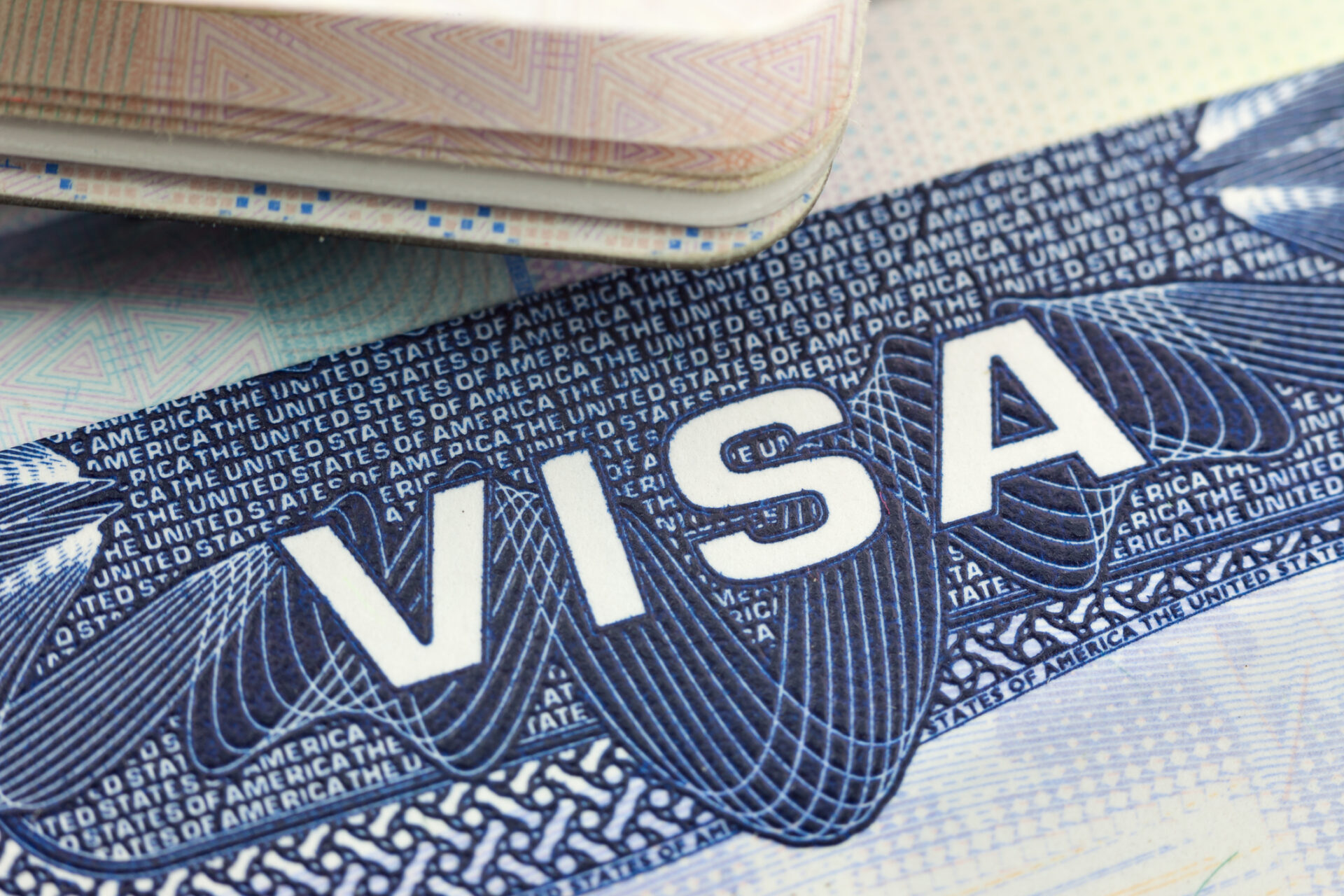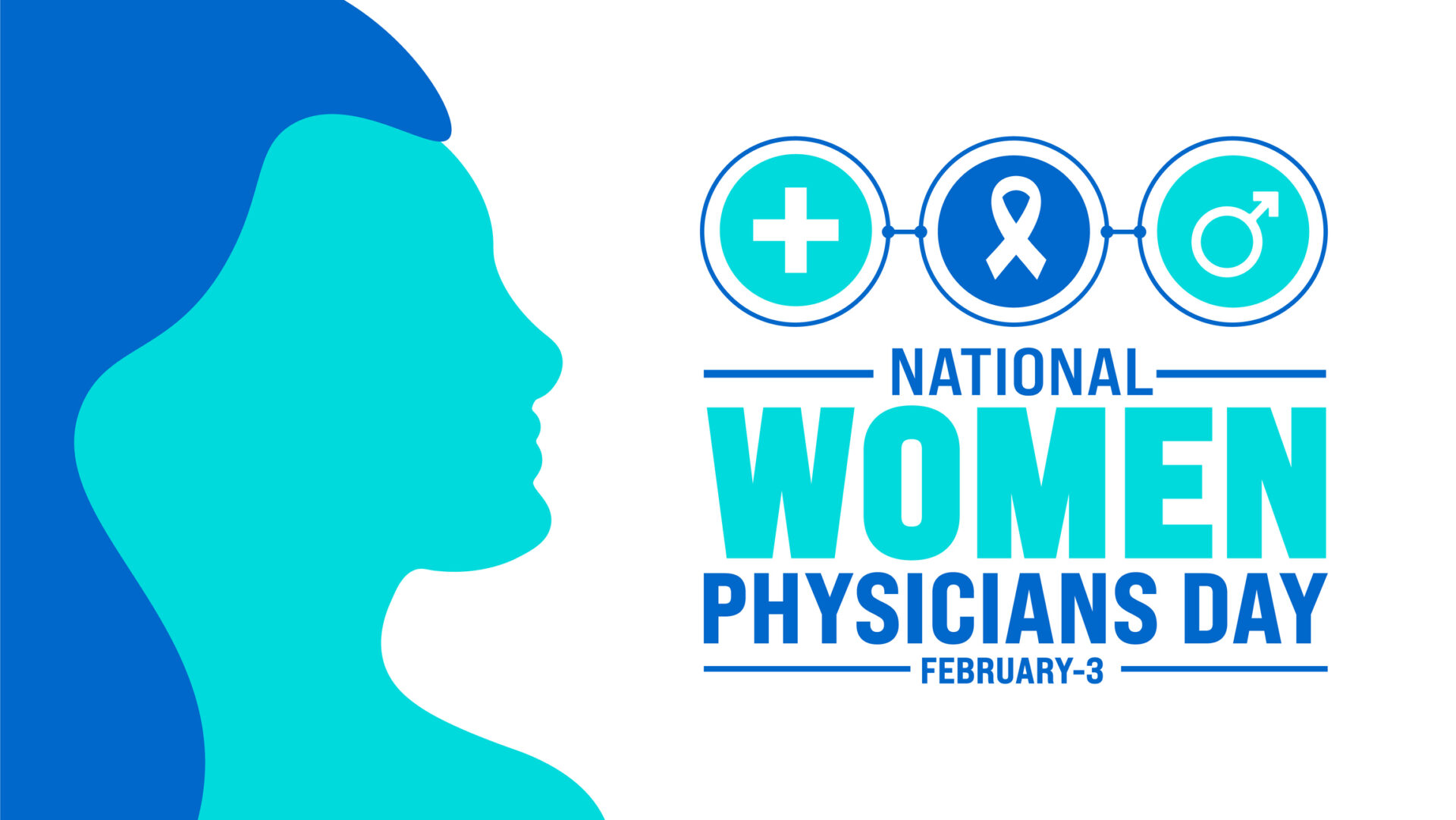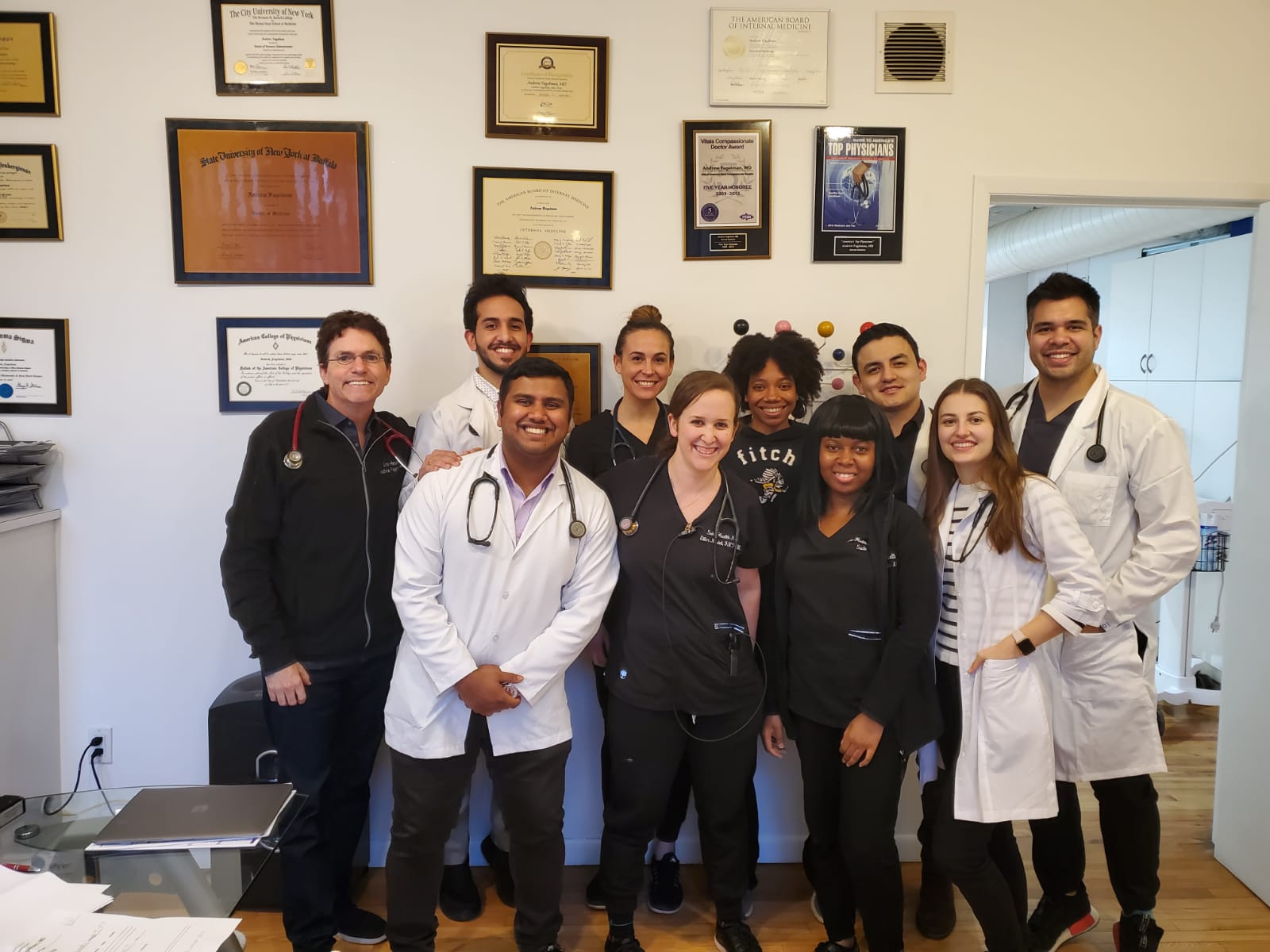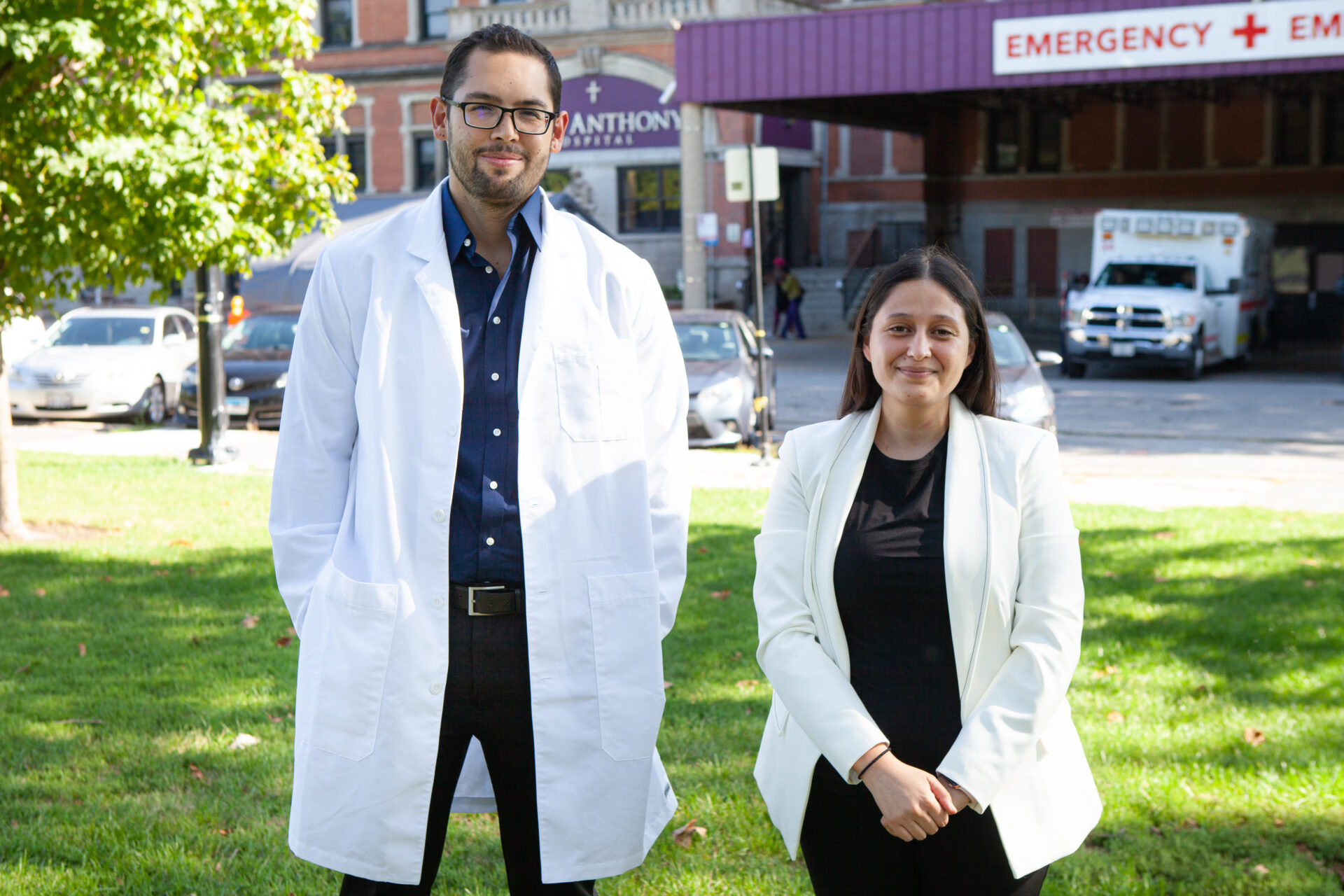Although healthcare and governmental professionals were hopeful that antibody testing would be a reliable indicator of COVID-19, inconsistent tests, and unclear data has pushed scientists to ramp up their efforts to find a vaccine. As early as March, scientists began submitting outlines for trials.
At first, regulatory committees were concerned about the safety and liability of testing, but many eventually gave the green light. Individuals all around the world volunteered to participate in human trials. Through the work of countless scientists, healthcare professionals, and test subjects, trials for the first COVID-19 vaccine began during April.
When can we expect a vaccine? Continue reading below for details on the vaccines undergoing testing, how testing groups are being created, and when to expect the vaccine.
Vaccines in the Running
To date, over a hundred vaccines for COVID-19 are under development. So far, 12 of these have moved on to pre-clinical trials. Although this means we are one step closer to putting our masks away and embracing our friends and families, there is still a lot of work to be done. It’s also important to note that the World Health Organization has not approved all vaccines to move on to human testing. Out of 12 vaccines, only eight were given the go-ahead. Companies entering human trials include BioNTech, Inovio Pharmaceuticals, Moderna Therapeutics, Novovax, Pfizer, and a few lesser-known companies.
Outlining the Obstacles
To create a vaccine, several steps must be taken, which include:
-
-
-
- Studying and Understanding the Virus
- Developing Vaccines
- Pre-Clinical Testing
- Clinical Testing
- Regulatory Approval
- Production and Distribution
-
-
Right now, we are at step four, testing several potential vaccines. Clinical testing is another world for human trials. These often run in three parts, with the testing pool becoming larger if and when there is success in smaller tests. Initial testing may include a dozen people, secondary testing hundreds, and tertiary testing thousands. Currently, the eight vaccines in clinical testing are in different stages, with many still in the first and second stages.
When it comes to testing the vaccine, determining who to include in the testing pools is of great importance. Many organizations have recruited front-facing politicians and healthcare professionals to be part of the trials. This population of individuals is extremely likely to contract COVID-19 in their professional lives.
Testing on these populations allows scientists to see the success rates of their vaccines in cases with exposure to high particles of COVID-19. The theory is that if the vaccine protects someone in the worst-case scenario (high levels of exposure), then it would be safe for those who may have a smaller risk of contracting COVID-19.
To be allowed into the trials, individuals must test negative for COVID-19. This is established through antibody testing. When an individual is accepted into the trial, they receive an injection, either the vaccine or a placebo. Following the injection, they can expect mild side effects, including soreness and a slight fever. Ideally, individuals are monitored for two years to ensure minimal side effects. Only after this point can a vaccine be pushed towards regulation. Because COVID-19 is not the standard virus, the process is moving much more quickly.
For up-to-date information on what stage each vaccine is in, check out this COVID-19 vaccine tracker.
Finding a Winner
If testing goes well, a vaccine for COVID-19 could be in production within the next two to six months. That is the best-case scenario, though. A viable vaccine may not be approved for another year or two. Some hurdles that must be overcome to get to this point include successful human trials and overcoming regulatory guidelines. With COVID-19 affecting almost every aspect of our lives, the second hurdle is easier to overcome; the first may be more difficult as indicated by some individuals who are already having severe reactions to COVID-19 vaccines.
In one trial, three individuals experienced severe side-effects to a vaccine in testing. They experienced high fevers, rashes, and in some cases, fainted. These side effects led these individuals to seek medical attention. They recovered in a short period with no lingering side effects, but still, such occurrences are making scientists and the public worried. One of the individuals experiencing side effects from the vaccine has come forward, urging the public to remain open to participating in vaccine trials. Side effects are a necessary evil in this process. The company running the trial points out that side effects occurred when they gave participants higher vaccine doses. Since this time, they have decreased the vaccine dosage.
Despite some trial candidates having strong side effects, success with some vaccines is being seen through the presence of antibodies in substantial numbers. In many cases, the number of antibodies contained in individuals included in the trials is higher than that found in individuals who have actually contracted and recovered from COVID-19. Although it may take some time, scientists and healthcare professionals are on the right track to finding a vaccine that is safe and effective against COVID-19.
Analyzing the Appeal
Just because a vaccine will be available doesn’t mean that everyone is interested in getting it. Many individuals have concerns that the speed with which the vaccine is produced will have an effect on its quality. These individuals are wary of unknown side effects and long-term health impacts. According to one study, only half the American population said they would get a vaccine when it becomes available. These figures are lower among younger individuals and higher among the elderly, a pattern that directly correlates with the fact that the elderly are at a greater risk for contracting the virus.
In that same study, about 70% of individuals said they would get the vaccine in the next few years when they are able to determine that it is both safe and effective. While this is a logical decision, it is also one that means COVID-19 won’t be going away any time soon. In order to eradicate COVID-19, the vaccine would need to be available to everyone and, individuals would have to actually get vaccinated. Since neither of these is likely in the near future, COVID-19 could be a threat seasonally for the next five years.
Knowing this, healthcare professionals are suggesting that individuals be routinely testing for COVID-19. They feel this is the best way to determine the spread of the virus and stop any large outbreaks before they occur. While screening oneself for symptoms seems is easier, it will not help if an individual is asymptomatic. In more cases than not, those with COVID-19 are asymptomatic. One study found that 80% of individuals that tested positive for COVID-19 after being on a cruise ship where the virus was present were asymptomatic. Another study that testing expecting mothers had similar results. Roughly 88% of women who tested positive were asymptomatic.
The bottom line is that, even if there is a vaccine, COVID-19 and its social distancing mandates will be around for some time.
Want to make a difference in the medical world?
Elevate your education with a short-term U.S. clinical experience!
Explore 700+ clinical experiences now >







Leave A Comment